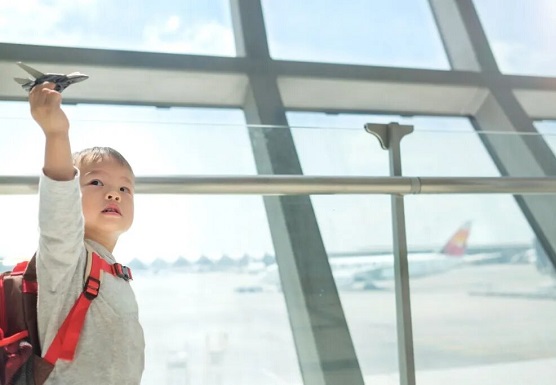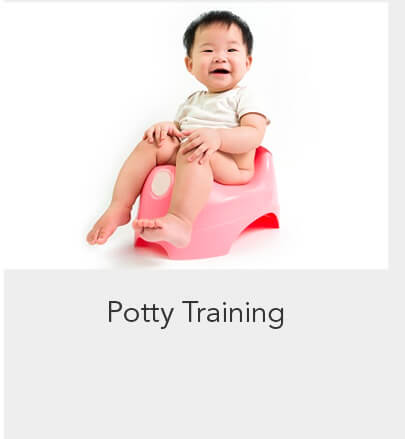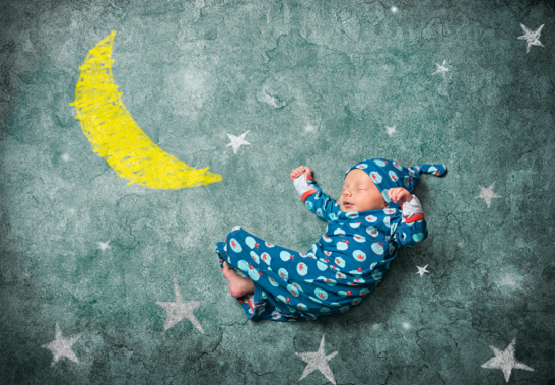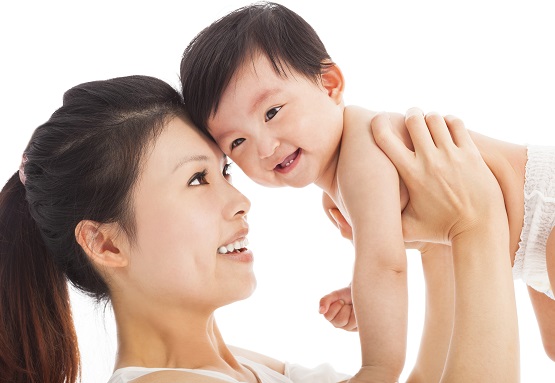Travelling with Junior

When planning to take your baby on a long drive in the car say, to Kuala Lumpur, or Penang, pack one small bag that contains clothes for the next day, an extra change of clothes (for spills), pyjamas, a toothbrush, and anything else you need for that trip.
Make sure you take your toddler’s blanket and pillow if there is room, especially if your road trip includes an overnight stay. Having their own stuff near them keeps them comforted and settles them down easily, particularly at bedtime in a strange place. Kids drop, spill, and spit up on the road. Keep a roll of paper towels and a box of wipes in the front seat for easy cleanups. Keep a garbage bag handy too.
FOR A ROAD TRIP
Bring snacks. Eating will give your junior something to do. Be careful, though – getting your kids sugared up may backfire. Pack healthy options.
Beat the boredom. Be sure to load some kid favourites onto your tablet or take some of your child’s CDs with you. Portable DVD or MP3 players can be a lifesaver, too. Toddlers often have a hard time with headphones. Make sure they’re comfortable before you go, and have at least one backup pair. If daddy is driving, mummy can get in the backseat. A little face-to-face contact and a few tickling games go a long way toward distracting a cranky baby or a bored toddler.
Try to tune out the tears. It may come to a point where no amount of singing, snacking or engaging will do – your child wants to get out of the car, now. At this time, remind yourself that he is safe in the car and stop fussing. Eventually, he will stop or fall asleep.
ROAD TRIPS: MAKING STOPS
Build in extra time. You remember how hard it is getting out the door in the morning with a baby? The same principles apply on road trips. You have to make a few stops for meals, diaper changes, and stretching breaks. You will be much less stressed if you accept that it may take twice as long to get there as before and plan accordingly.
Stop often for little and big breaks. Yes, you want to get there, but letting your kids burn off some steam will make the time in the car more bearable.
Be aware that 20 minutes after a long lunch stop, your toddler may need to stop again for a bathroom break.
FLYING: PACKING TIPS
Overpack snacks, under pack toys. Your toddler can get cranky when they don’t have familiar things to eat. Also, food can double as toys; make mosaics out of coloured M&Ms, for example. And they will play with anything (cups, napkins, sugar packets) and will also accumulate toys (from fast-food meals and souvenir stands) during the trip. There is no need to take the whole toy bin along.
Do put extra clothes in your carry-on as your baby may have a big diaper blowout on the plane.
Try packing outfits for the day in a 1gal.
Ziploc bag – shirt, pants and socks. It makes packing easier because you can then keep track of how many days of clothes you have. After an outfit is worn, use the same Ziploc bag for soiled clothes or dirty diapers. Even with all those clothes, prepare to do laundry while on the road.
HEADING TO COLD COUNTRY
Before leaving for a winter vacation, you should stock up on medication for colds and fevers as some winter destinations can be quite isolated and inaccessible or pharmacies may be closed early. The appropriate doses should also be written clearly on the bottles.
Infants, especially newborns in the first few weeks of life have poor thermoregulatory abilities. However, this ability will improve as they get older. They can be dressed in appropriate warm clothes, but remember that young babies can lose heat if their heads are exposed. So, in addition to wearing mittens and socks and wrapping up in a warm blanket, a warm cap covering the head would prevent heat loss.
Babies during their first six months of life usually have regular reviews or vaccinations and parents can check with their respective doctors if any special precautions should be taken, especially so if your baby has a specific medical condition such as sensitive nose and dry skin. The younger the infant, the more important it is to check with a doctor to make sure the parents can have a worry-free holiday.
HYDRATE AND MOISTURISE
For children with sensitive noses, especially those prone to nose bleeds, the dry air in countries with temperate climates can potentially trigger a nose bleed, especially if they always rub their noses. In this case, it would be good to know simple first aid measures such as applying appropriate pressure to the soft part of the nose to arrest the bleeding. Use nose gels or sprays to keep the nasal passages moistened and to prevent over-drying of the nasal lining from the dry air.
For children with sensitive, dry, eczematous skin, keep an appropriate moisturiser (that has been tried and tested on them before leaving for the holiday) handy which would help prevent flare-ups of their eczema as a result of the low humidity. In case of a flare-up, parents should have topical medication on standby to relieve inflamed or irritated skin or in some cases, oral medication in the event of itching and scratching that could worsen the dry and cracked skin.
As temperatures are low, parents and children may sometimes spend a longer time under the sun but forget that sunburn is still a risk. As such, parents should pack appropriate sun protection, such as sun block, in addition to the regular application of moisturisers.
Pre-verbal children and infants may not be able to voice their discomfort and may be upset or cry when over-heated. As such, avoid the danger of over-wrapping or over-layering babies with thick clothes and blankets by monitoring babies after a change in their environment: for example, when taking off thick warm clothes or blankets after coming indoors from a cold environment or vice versa.
HOME, SWEET HOME
Once back home, most children acclimatise well, and there is usually no need for much adjustment. However, after being used to a cold environment for a prolonged duration, it would take a while to get used to the hot and humid weather. Dressing in cool clothes and staying in a cool environment would help if babies and children find it too uncomfortable right after returning. For some children, for example, those with chronic eczema, it may be necessary to continue moisturising the skin for a little longer.
Article is extracted from the Mother & Child guidebook.



